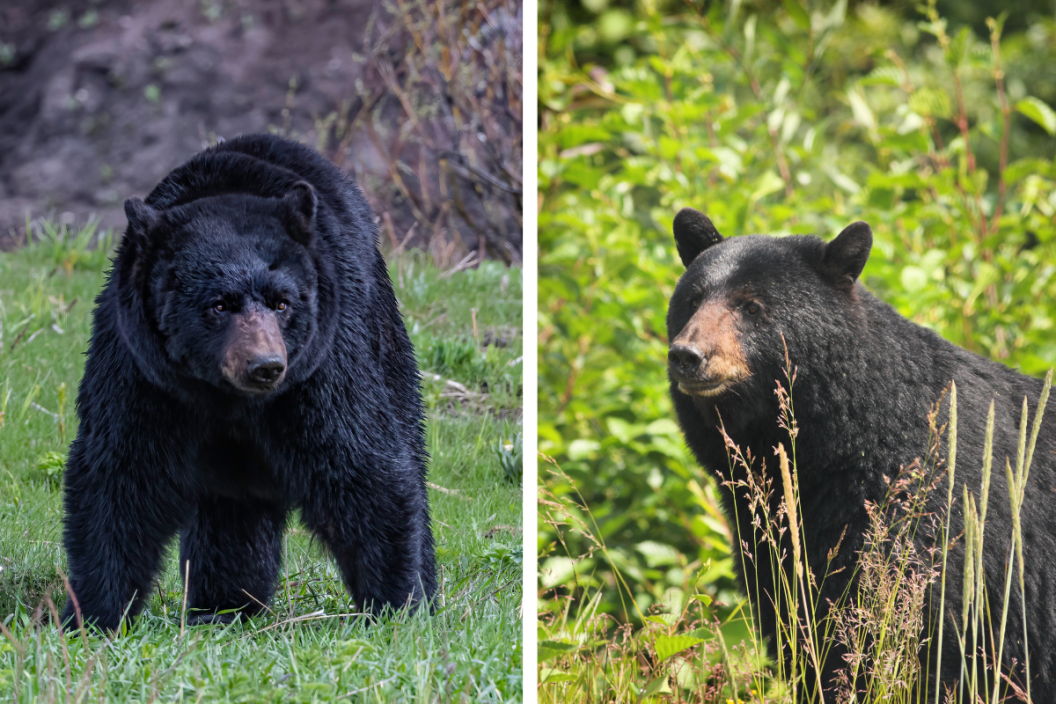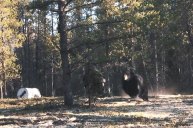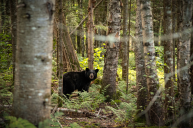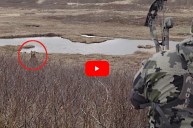Field-judging bears can be tricky. From determining sex to estimating age, there's no exact science. But if you need to determine whether the bear in your sights is a boar or sow, you can look for a few characteristics to make your best judgment call.
In many places, shooting a sow with her cubs is illegal, and it can be challenging to differentiate between a young male bear and a mature sow. The Alaska Department of Fish and Game offers some guidelines for field judging bears to shoot a mature boar:
- Get as close as you possibly can without sacrificing your safety.
- Be patient, and don't rush the process.
- Use high-quality optics that can help you zero in on defining characteristics.
- Take the time to walk through the bear's list of attributes carefully.
So You Found A Bear. Is It a Boar or a Sow?
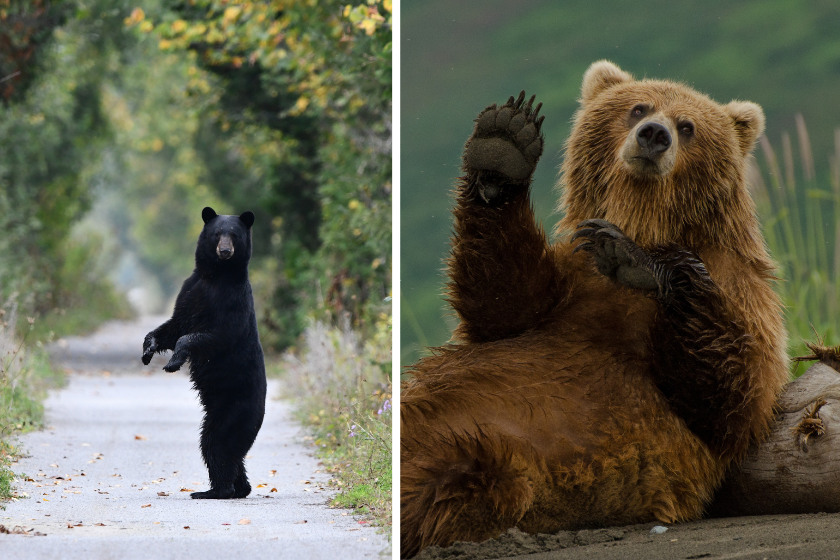
LEFT: Carol Hamilton via Getty Images. RIGHT: davidrasmus via Getty Images
First, let's remember the difference between black bears and brown bears. This is pretty important!
If you're hunting in a region where both black bears and brown bears live, it's essential to differentiate between them. Color phases can vary greatly, so relying on the bear's fur is insufficient.
- Brown bears possess a pronounced shoulder hump, while most black bears will have a small hump or no hump.
- A brown bear's face will appear concave from its forehead down through the tip of its nose, but a black bear will have a straight facial profile.
- The tracks of a brown bear will show large toes that are close or touching, and are generally lined up straight across. Marks from the front claws, which are long and gently curved, usually measure twice as long as the toe pads. A brown bear's toes — which are more spaced out — will form a more significant arc in its tracks. The claws will appear shorter, thicker, and sharply curved.
Boar vs. Sow: Black Bears

LEFT: Rod Vamosi via Getty Images. RIGHT: M. Leonard Photography via Getty Images.
When hunting black bears, here's how to identify a boar:
- The bear's head will look large and boxy, moving into large shoulders that typically sit higher than the rear end. The ears should look small in proportion to the head overall.
- The body should appear large and round, maybe even with a sagging belly. Legs will look thick and straight down.
- When the bear urinates, it should look like it's coming from right under the belly. You might be able to spot testicles, too.
And this is how you can identify a sow black bear:
- The bear's face will look narrow, with ears that look larger than the head.
- The body will look smaller and leaner, with a larger rear end tapering down to lower front shoulders. The legs will also appear to taper.
- The bear's urine will look like it's coming from the back end and the bear may also squat.
Boar vs. Sow: Grizzlies and Brown Bears

LEFT: PhotoWest via Getty Images. RIGHT: Warren A Metcalf via Getty Images
Here's what to look for in an adult male brown bear:
- Relative to the rest of its head, the ears should look small. The head and face should appear wide and almost squared. The bear's muzzle should be thick and block-shaped. The muscles on the top of its head should bulge, so it seems like a "valley" running down the middle of the bear's forehead.
- The bear should have broad shoulders that are wider than its head. Its midsection and rear end should be bulky. The legs will look long and massive through the ankles, and the feet will appear wide.
- The bear should urinate straight down or slightly forward. Look for the penile sheath, which is usually more visible in the fall than in the spring.
For adult female brown bears, this is what you should see:
- The ears will look tiny compared to the rest of the head. The head will appear relatively small and narrow with a tapered muzzle.
- The bear's shoulders will be about the same width as its head. Thin, short, tapered legs make the bear's body look closer to the ground.
- The bear should urinate out and toward its rear and may even squat.
- If she is nursing, you should be able to spot the bear's nipples near the armpit as she's walking. You might also see her with cubs.
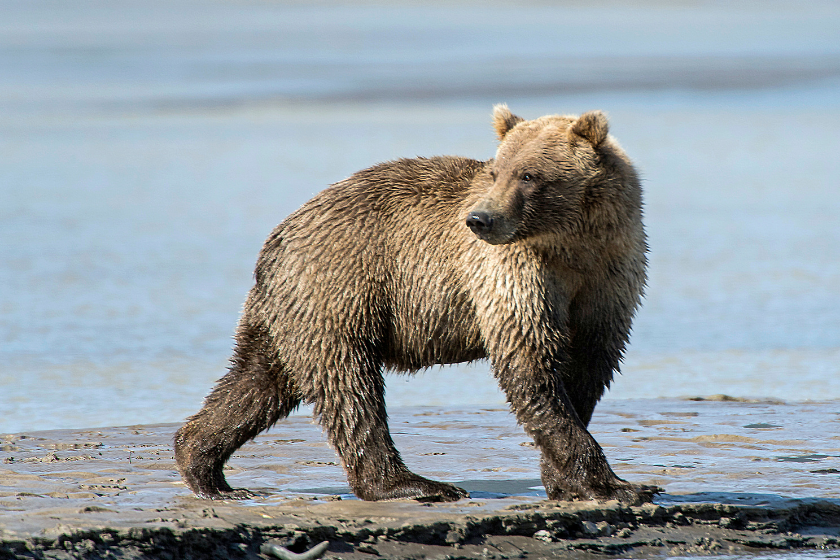
roclwyr via Getty Images
Subadult males are sometimes easy to mistake for adult females. The ears should be close together and look enormous compared to the rest of the head, which will appear elongated and triangular.
- The neck will look thin and long.
- Both the body and legs will look lanky and long.
- They may often be traveling with other bears.
Average overall height and weight can vary for sows and boars in both black bears and brown bears depending on the region you're hunting, so check with the state's wildlife agency for additional resources. You can also learn more information on aging any bear in the field, but this, too, is not an exact science and will only help you roughly estimate.
